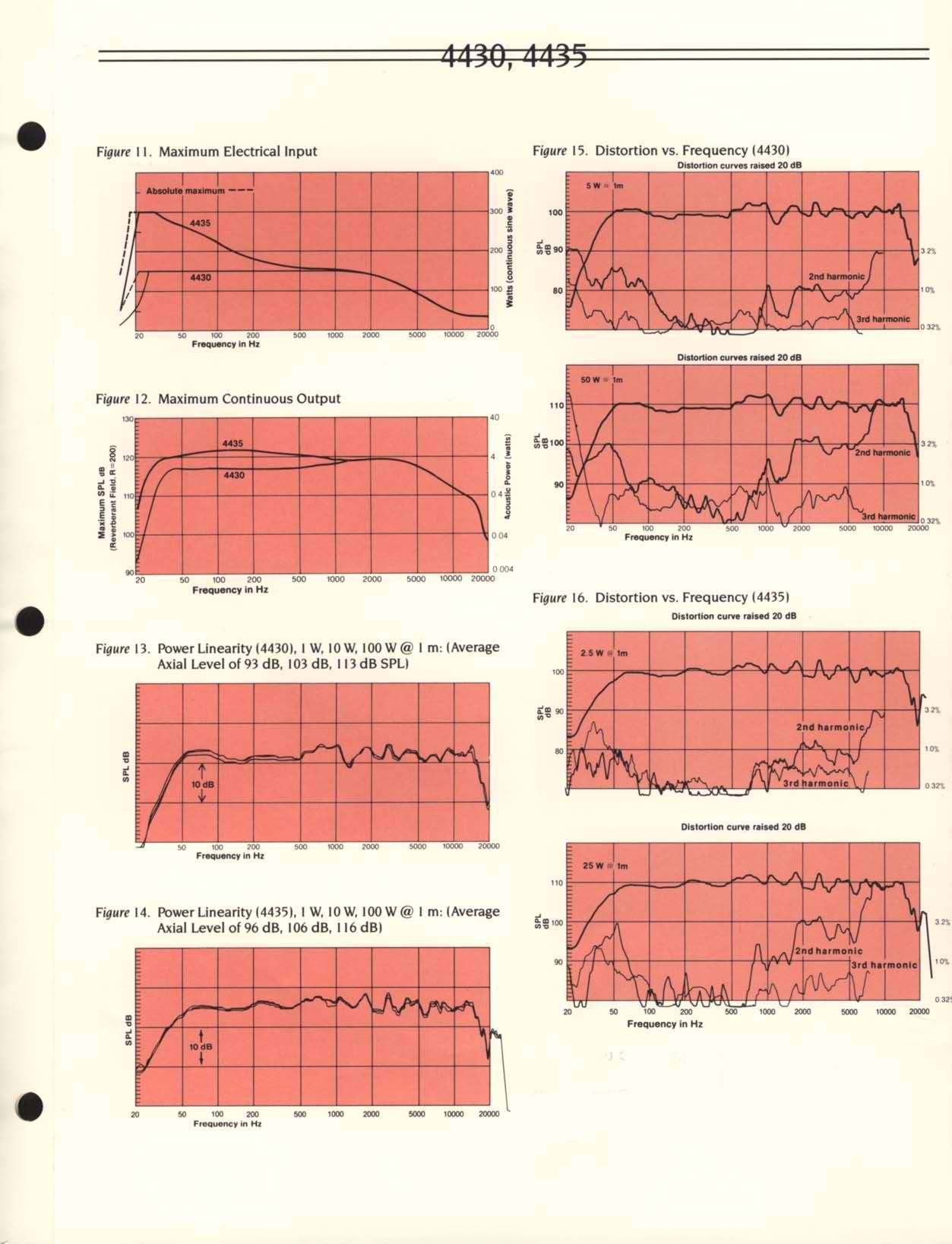I just watched a Danny Richie YouTube video from three weeks ago (linked below). Danny is the owner/designer of GR Research, a company that caters to the DIY loudspeaker community. He designs and sells kits that contain the drivers and crossover schematics to his loudspeakers, to hi-fi enthusiasts who are willing and able to build their own enclosures (though he also has a few cabinet makers who will do it for you if you are willing to pay them to do so).
Danny has also designed crossovers for loudspeaker companies who lack his crossover design knowledge. In addition, he offers a service to consumers who, while liking some aspects of the sound of their loudspeakers, find some degree of fault in those loudspeakers, faults Danny offers to try to eliminate. Send Danny one of your loudspeakers, and he will free of charge do a complete evaluation of it's design. If his evaluation reveals design faults (almost always crossover related) he is able to cure, he offers a crossover upgrade kit as a product.
Some make the case that Danny will of course find fault in the designs of others, in an attempt to sell you one of his loudspeaker kits. A reasonable accusation, were it not for the fact that---for instance---in this particular video (an examination of an Eggleston model) Danny makes Eggleston an offer to drop into the company headquarters and help them correct the glaring faults he found in the crossover design of the Eggleston loudspeaker a customer sent him.
Even if you are skeptical---ESPECIALLY if you are---why not give the video a viewing? Like the loudspeaker evaluation, it's free.
https://youtu.be/1wF-DEEXv64?si=tmd6JI3DFBq8GAjK&t=1
And for owners of other loudspeakers, there are a number of other GR Research videos in which other models are evaluated.




